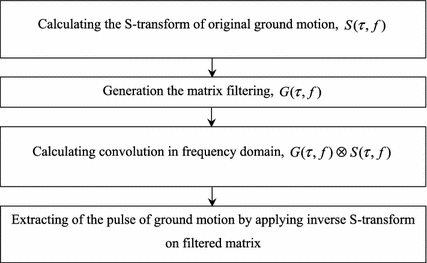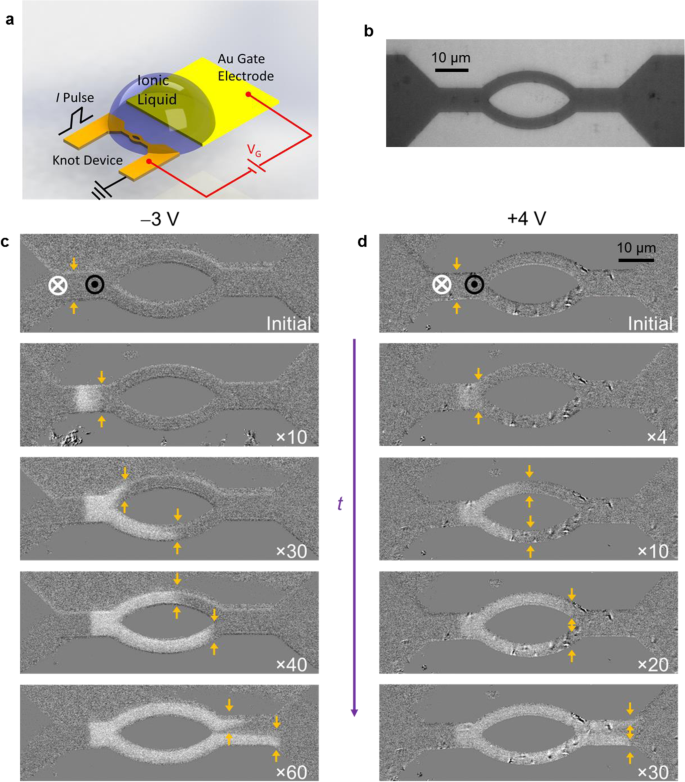

- #Where are motion pulse fiels saved how to#
- #Where are motion pulse fiels saved update#
- #Where are motion pulse fiels saved full#
As a note, the TEMPO2 tool is not associated with the FSSC. par files, which are used for the TEMPO2 tool, and D4 files which are used by the Fermitools. The ephemeris files themselves are listed in the "Table of Published Ephemerides" under the "Timing Files" heading. You'll have to correct those before you send any emails. All email addresses use "at" for the symbol, and "dot" for the periods, just to keep email addresses less obvious on the open internet. For question about light curves and interpretation of the pulsar data, contact the paper's contact authors.

If you have questions about the ephemeris itself, you should contact the timing contact. the person who actually calculated the ephemeris), links to each paper (papers are likely to contain light curves for each pulsar), and finally the contact authors for each paper.

It provides several useful bits of information the ephemeris file for each pulsar, the timing contact (i.e. This page contains the ephemerides that have been used by the LAT team for their published papers to date.

This information can be found in the pulsar's ephemeris file and in any accompanying paper, both of which can be found at the LAT Data Access → LAT Pulsar Ephemeris page: To do so, you have to find out a few things about that pulsar. Now you have data with a very bright pulsar in it, and you need to remove this pulsar from your data. Here is the counts map showing a very bright Geminga centered in the ROI. Second coordinate of image center in degrees (DEC or galactic b) 17.7703 Spacecraft data file name spacecraft.fitsĬoordinate system (CEL - celestial, GAL -galactic) (CEL|GAL) įirst coordinate of image center in degrees (RA or galactic l) 98.4756 Type of output file (CCUBE|CMAP|LC|PHA1|PHA2|HEALPIX) CMAP Next use gtbin followed by ds9 to take a look at the data:
#Where are motion pulse fiels saved how to#
We'll talk about how to do that at the end of this tutorial.įilter expression (DATA_QUAL>0)&(LAT_CONFIG=1) So you will need to scale any outputs from the analysis by hand. While gtmktime can compensate for some exposure changes, it does not handle phase cuts.
#Where are motion pulse fiels saved update#
Then run gtmktime to update the GTIs, otherwise the exposure calculation will be off. Maximum zenith angle value (degrees) (0:180) 90 Radius of new search region (degrees) (0:180) INDEF RA for new search center (degrees) (0:360) INDEFĭec for new search center (degrees) (-90:90) INDEF The spacecraft file (*SC*) has been renamed to spacecraft.fits for simplicity. Here, Geminga.txt is a listing of all the event files to allow them to be merged.
#Where are motion pulse fiels saved full#
You can find the start and end times of the full dataset by looking at the TSTART and TSTOP keywords in the header of the spacecraft file. The data server already trims 30 seconds off each end of the LAT data to ensure that the spacecraft file will contain entries beyond both ends of the data, which is necessary for proper use of the pulsar tools. Next, we want to use gtselect to merge the event files and make the zenith cut. Geminga is very bright in the LAT, so you will get several event files to cover the full time span.īelow, we extract the Geminga data from the LAT Data Server. We'll use the pulsar Geminga (98.476204, 17.770661) with a 15° ROI, and the time range from the START of the mission to MJD 55196 (these position and time range are designed to match the data in the ephemeris file used in the next step). First, lets take a look at a set of data that contains a bright pulsar. Once the phases are assigned, you can use gtselect to filter out the unwanted phase periods, effectively removing the pulsar from the data completely.įor this tutorial, we assume you know how to extract your data, prepare your data for analysis, and explore your data. You will also need to use the pulsar light curve to define an off-pulse interval in phase-space. You can accomplish this by assigning pulse phases to the pulsar by using a known ephemeris. Pulsar gating is the process of removing the flux of a bright pulsar from a region of interest, thus enabling the analysis of fainter sources in the region. Or you could be looking at starburst galaxies at higher galactic latitudes, and a pesky millisecond pulsar keeps getting in your way. You may be looking at a supernova remnant, or seeking new pulsar wind nebulae, and need to remove the accompanying pulsar.


 0 kommentar(er)
0 kommentar(er)
